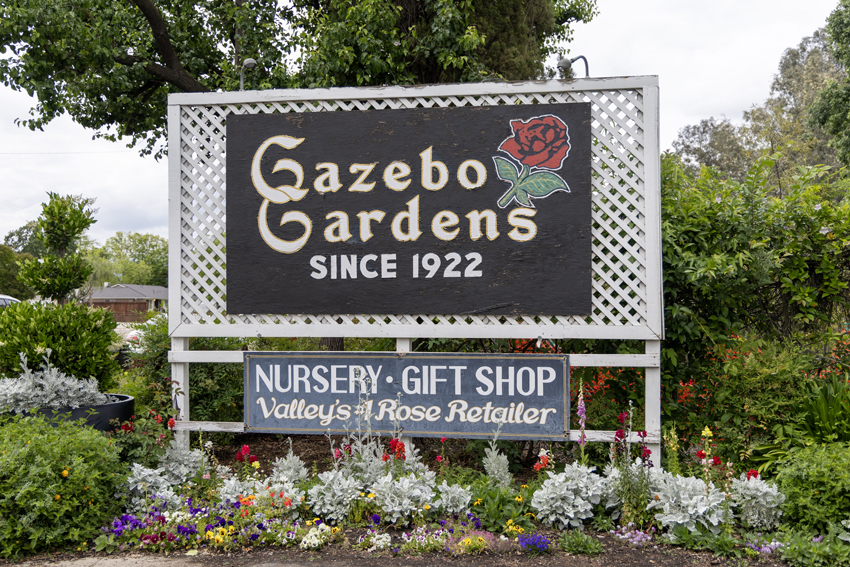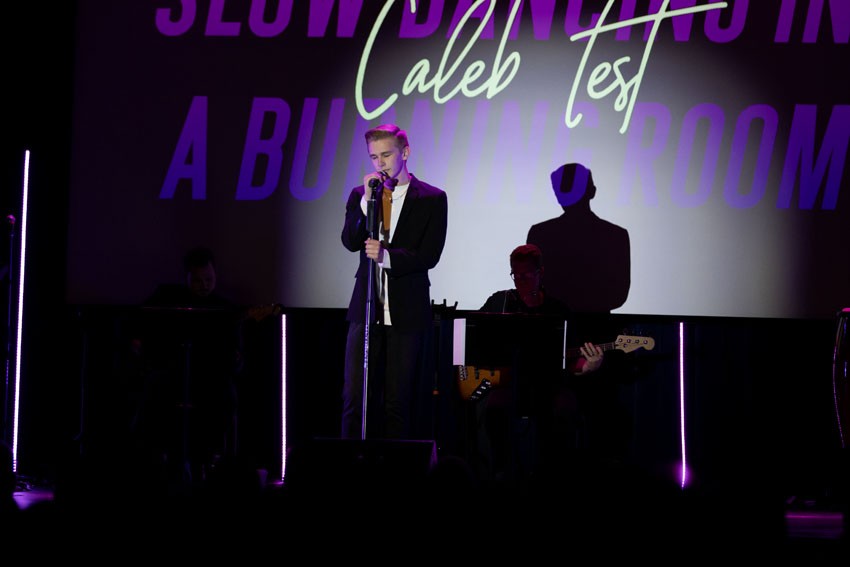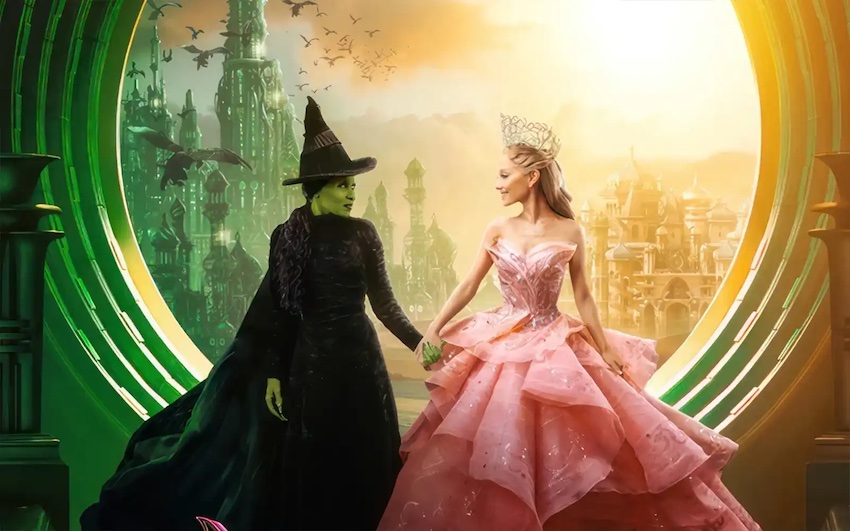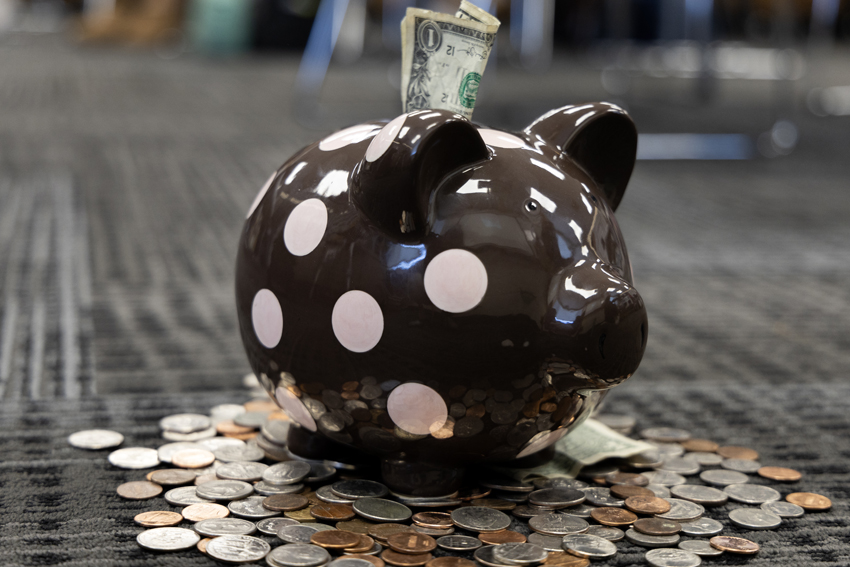When most picture Alice in Wonderland, they recall the iconic Disney movie they grew up with as children. However, Louis Carroll’s children’s novel presents more adult themes while reminding us of our love for childish fantasy.
I delved into Alice’s Adventures in Wonderland with an image of a little blonde girl in a blue dress and white pinafore. For the most part, I discovered what I expected, but in an oddly surprising way.
By revisiting this classic work, I hoped to find a new realm of meaning and literary value. The book has been considered a classic since it’s publication in 1865, and has never gone out of print. Due to these factors, perhaps I was overly ambitious in my attempt to find fresh nuances.
The novel tells the story of an innocent-minded child who stumbles into an eternal rabbit hole, leading to an adventure filled with an abundance of crazy characters, such as a white rabbit in a waist coat, a kingdom made of playing cards, and a frog footman.
During her journey, Alice is perpetually bewildered yet she accepts her surroundings. She finds her herself arguing with the many kooky creatures, who are easily offended and very crafty with inverse logic.
“Wonderland” is a place where the extraordinary is commonplace. Throughout her adventure, Alice becomes used to the quirky traits of this new world, unsurprised when she begins to grow or shrink, a baby turns into a pig, and lizards are court jurors. The kingdom is a realm of jungles, castles, and rivers of tears — a confusing and constantly fluctuating environment.
After giving evidence at a court presided over by the Queen of Hearts, who relentlessly shouts, “Off with his head!” Alice awakes to discover the whole adventure was a dream.
The beauty of Alice’s Adventures in Wonderland is not the witty satire or complex analogies but the acceptance of nonsense.
When Alice remarks to the Mad Hatter; “You must not learn to make such personal remarks, it’s very rude,” he responds with; “why is a raven like a writing desk?”
While at first I was alienated by the helter-skelter fantasy, I grew to enjoy each of Alice’s impossible antics.
Lewis Carroll also injected political allegory and themes of logic into his seemingly flat children’s novel, some very clear, as in the tyrant queen, and others more carefully camouflaged. These metaphors, along with the novel’s fanciful quality, has caused the book to grow in popularity ever since its nineteenth century publication.
Alice’s Adventures in Wonderland has remained a classic among children and scholars because it combines brilliant wit and hidden themes while maintaining its reputation as a crowd-pleasing adventure, paired with a heroine everyone can relate to.
The human emotions of fear, confusion, fun and frustration are clearly illustrated through the little girl with a white pinafore.
Most children openly accept singing pansies and a tiny sleepy mouse in the cartoon as a matter of course, and with growth we are given the opportunity to revisit that innocent belief in imagination.
Alice’s Adventure in Wonderland is available in bookstores everywhere. For more information, visit Barnes and Noble.






